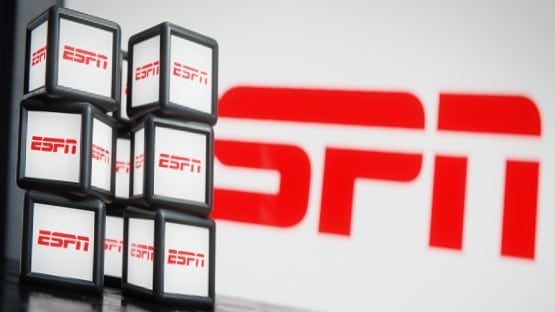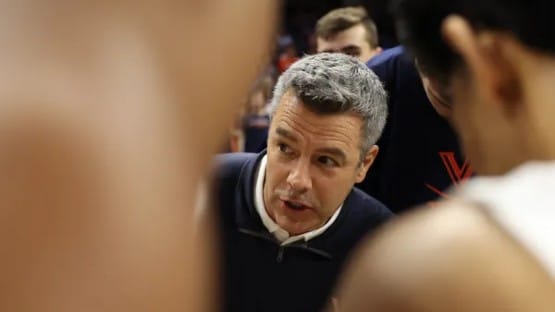
I’ve worked in print and broadcast media for (checks notes) 28 years now. I learned literally today that it’s apparently routine for athletes and coaches to be paid for interviews.
This is all coming out in reporting by New York Post journalist Andrew Marchand on ESPN personality Pat McAfee, who Marchand confirmed has been paying Aaron Rodgers rather handsomely – “Aaron has made over $1,000,000 with us, for sure,” McAfee wrote in a message to Marchand – to appear regularly on his show.
Subsequent explainers on the topic have shrugged off what would seem to be an obvious issue – ethics, anyone? – as being aged, given the realities of the business.
Color me … bumfuzzled?
The one and only time I was ever asked for payment for an interview was when I was working with Patrick Hite on a book on the history of University Hall, the long-time athletics venue at the University of Virginia that closed in 2006.
For obvious reasons, we wanted to get some time with UVA hoops great Ralph Sampson, among the dozens of former players, coaches and others associated with Virginia Athletics and the University of Virginia as an entity whose perspectives we felt would make the story in our book more complete.
Sampson, through an attorney, asked to be compensated for his interview; we declined, for the obvious reason that we were funding our work on the book out of our own pockets, and we’re not talking about deep pockets there, and used a media availability that Sampson had with the media ahead of the final game in U Hall for our quotes from him for our book in place of something more comprehensive with Sampson.
Aside from that one request for payment, nothing else of that nature, in 28 years.
Admittedly, that’s likely because I don’t do a lot of personality interviews with athletes and celebrities, which is where you’d maybe expect to be asked for compensation.
By and large, my focus is hard news, on the news side, and then a mix of straight reporting and analysis on the sports side.
And then, the sports stuff is almost entirely focused on UVA Athletics, which has, how to put this gently, a niche (read: tiny, in the grand scheme of the world at large) audience.
A cost-benefit analysis for somebody like me, with a local and regional audience – how much is one story, one podcast, worth to my overall bottom line? – would be very different than it would be for a guy like Pat McAfee, who has a national and international audience.
Now that I know about the prevalence of pay-for-play, and the reasons behind it, I guess I’d say the only issue I’d have is, shows using paid guests should probably have been disclosing that to their viewers and listeners.
The bulk of McAfee’s audience most likely wouldn’t care to know that McAfee is paying Rodgers. I don’t imagine that anybody listening to McAfee’s brand of sports entertainment is looking for him to push back at Rodgers when he spouts his usual nonsense on COVID, for instance.
No one is confusing McAfee with Mike Wallace.
And no one is confusing ESPN with being a news organization, either, for that matter.
The network has a news operation, but it also spends billions for TV rights for the NFL, NBA, MLB, college football and college basketball.
If there’s any erring on the side of caution to be done when it comes to hard news at ESPN, the hairs are going to be split on the side of making sure to protect those investments.
So, Pat McAfee is paying Aaron Rodgers, and radio stations, podcast hosts and TV networks everywhere are paying anybody and everybody they deem to be worth it to be on their shows.
I learned something new today; that makes today a good day.










